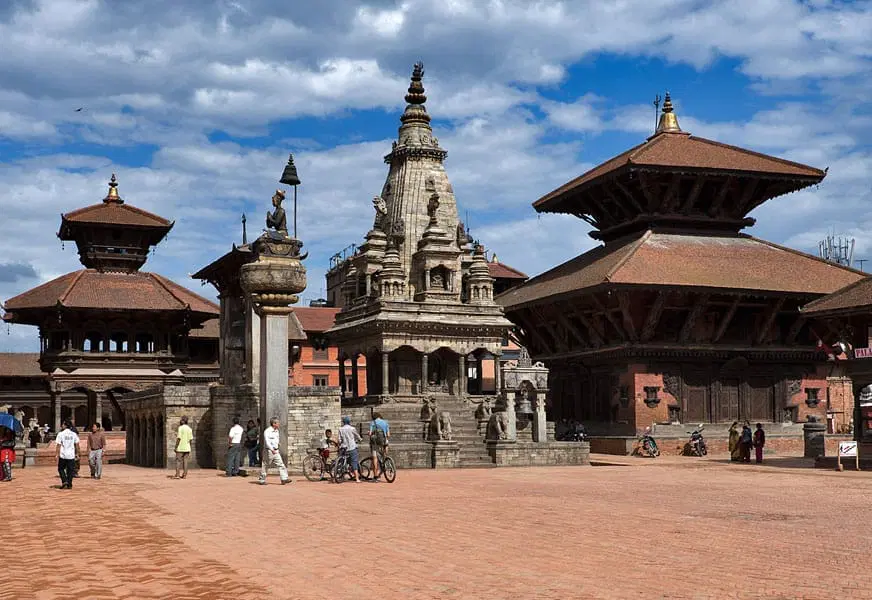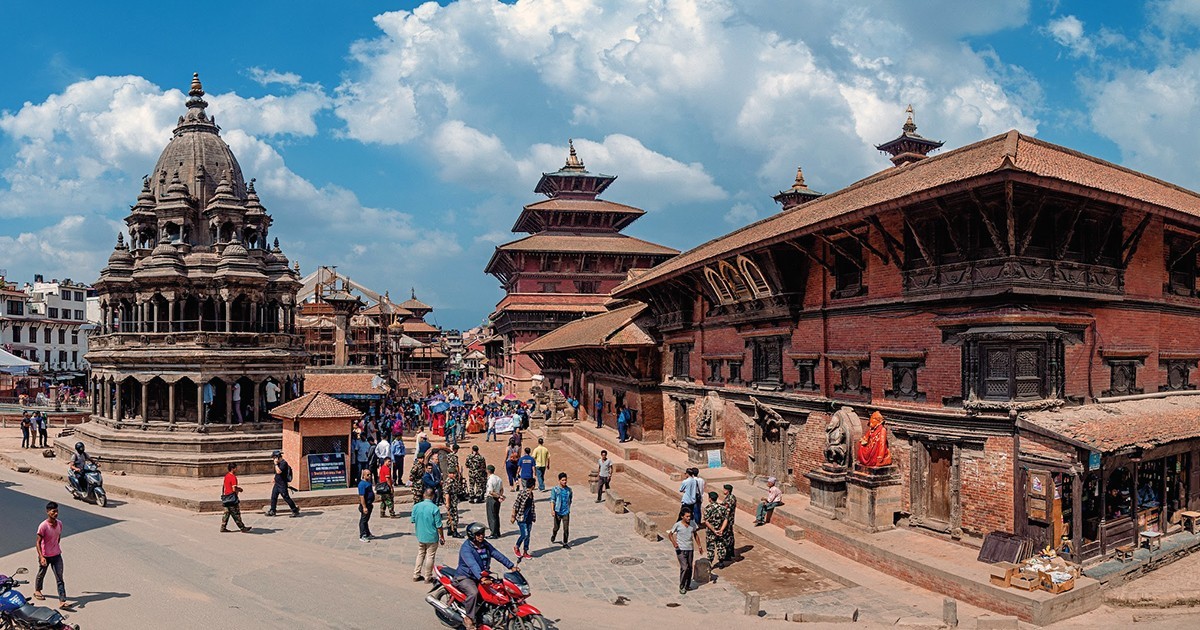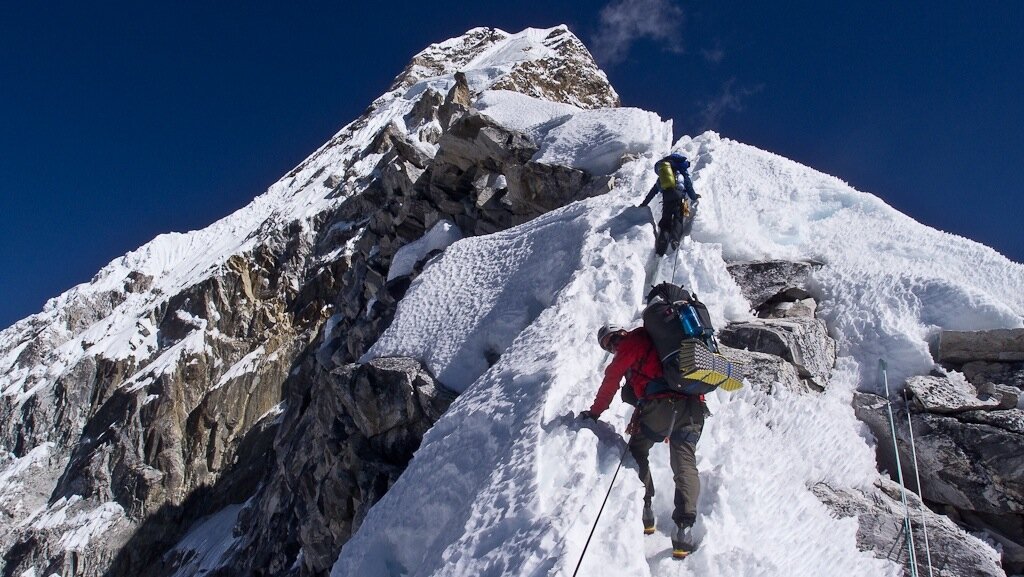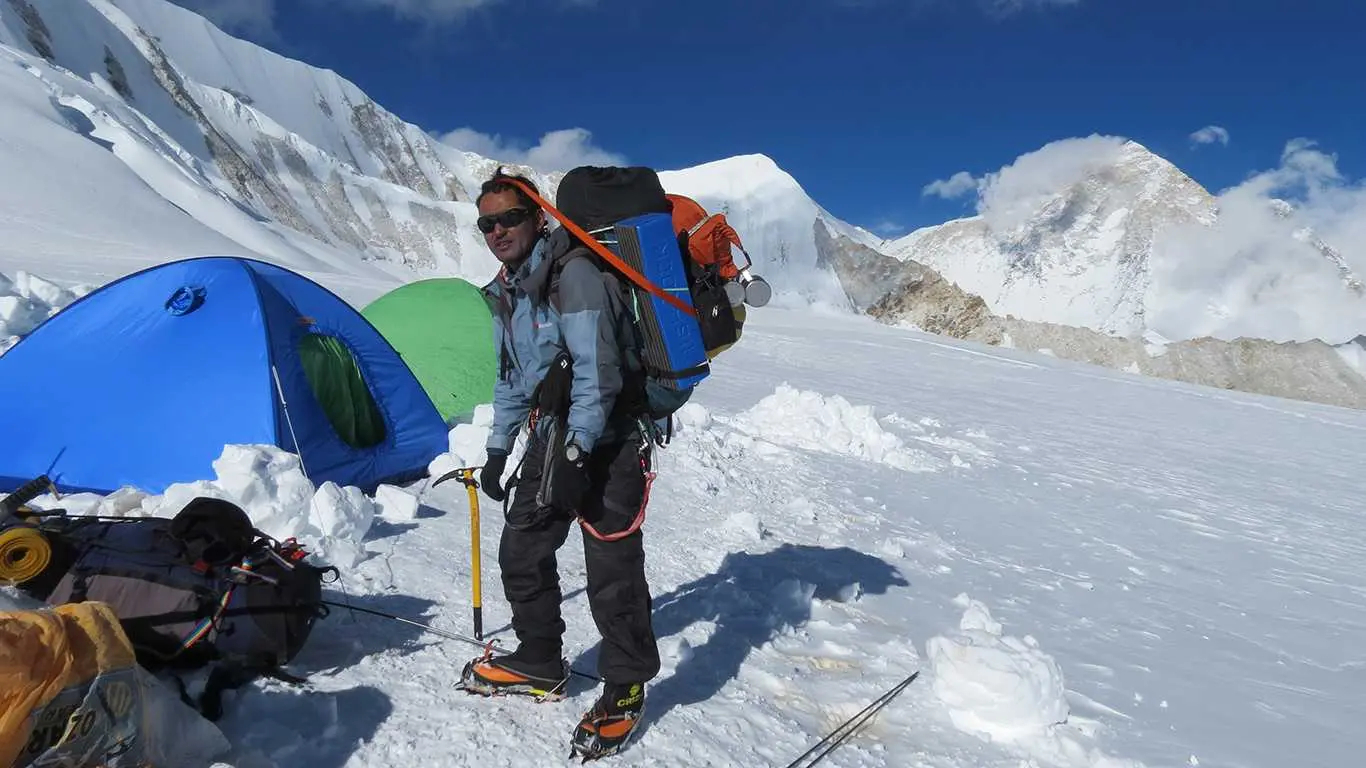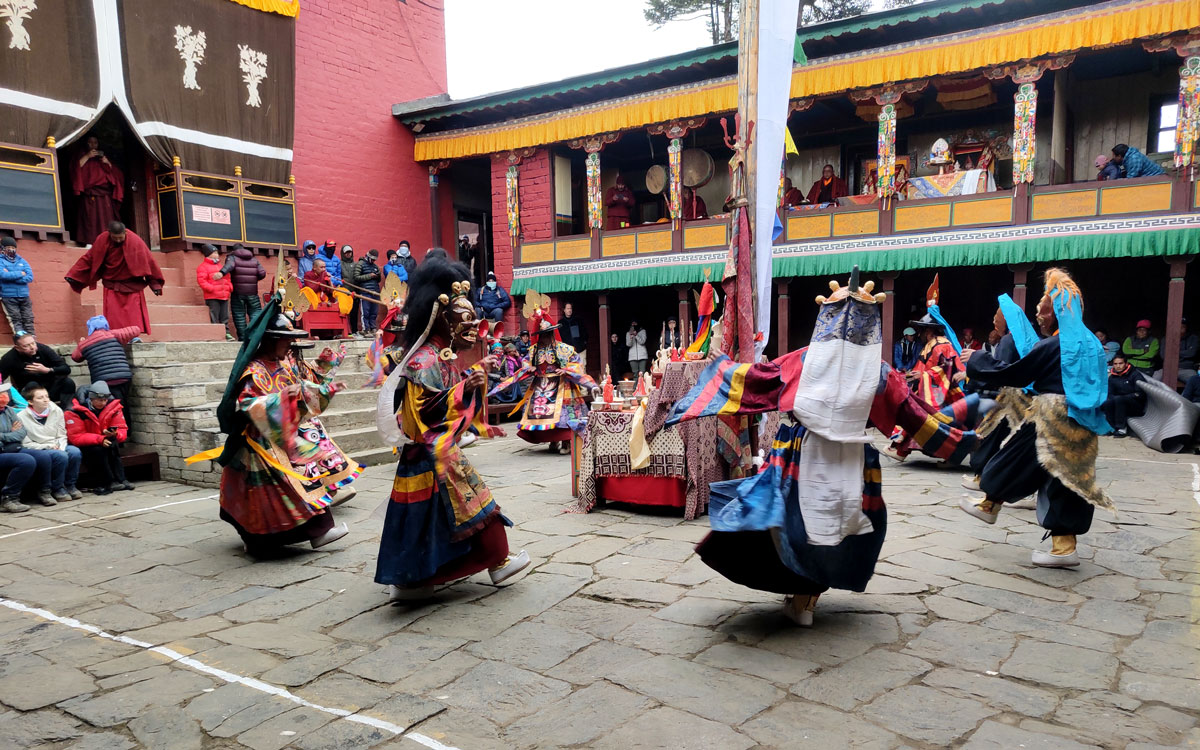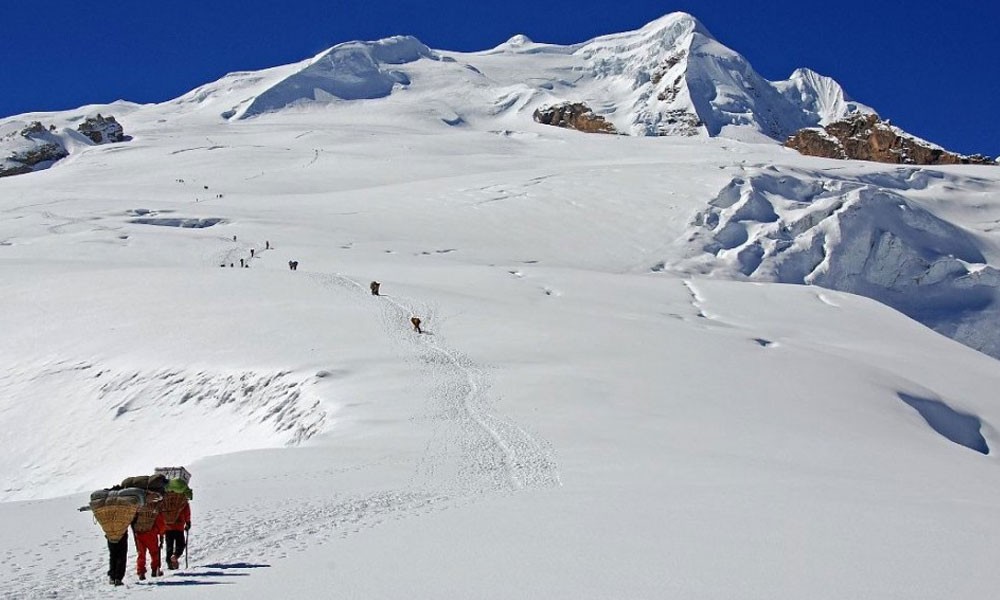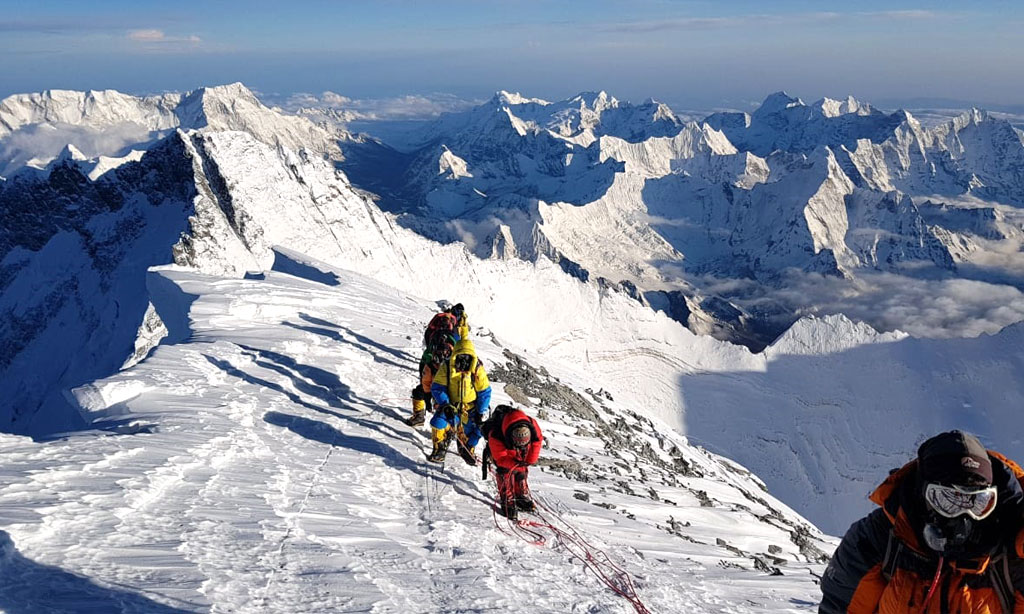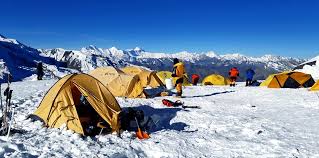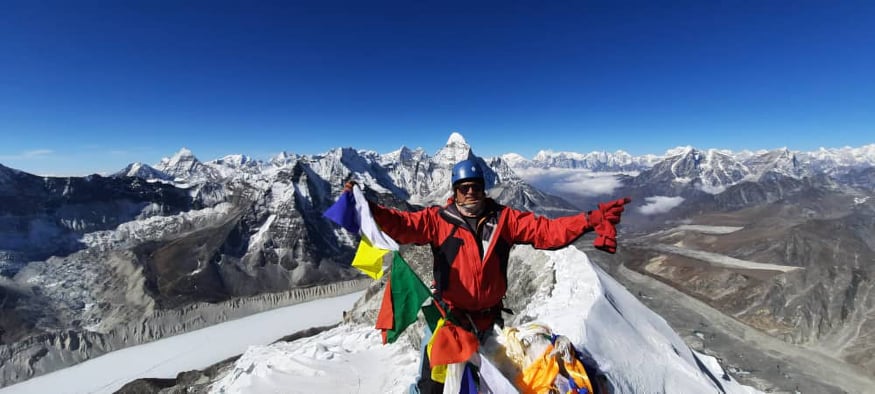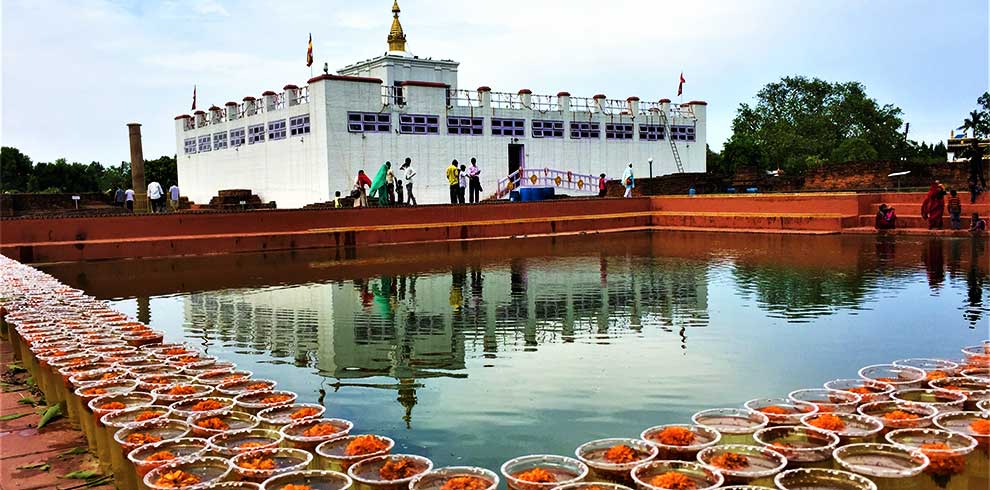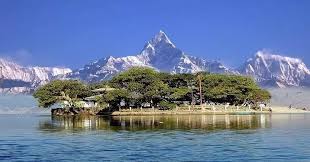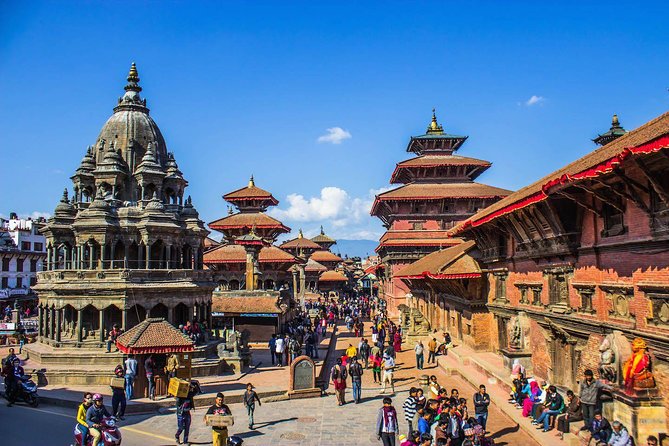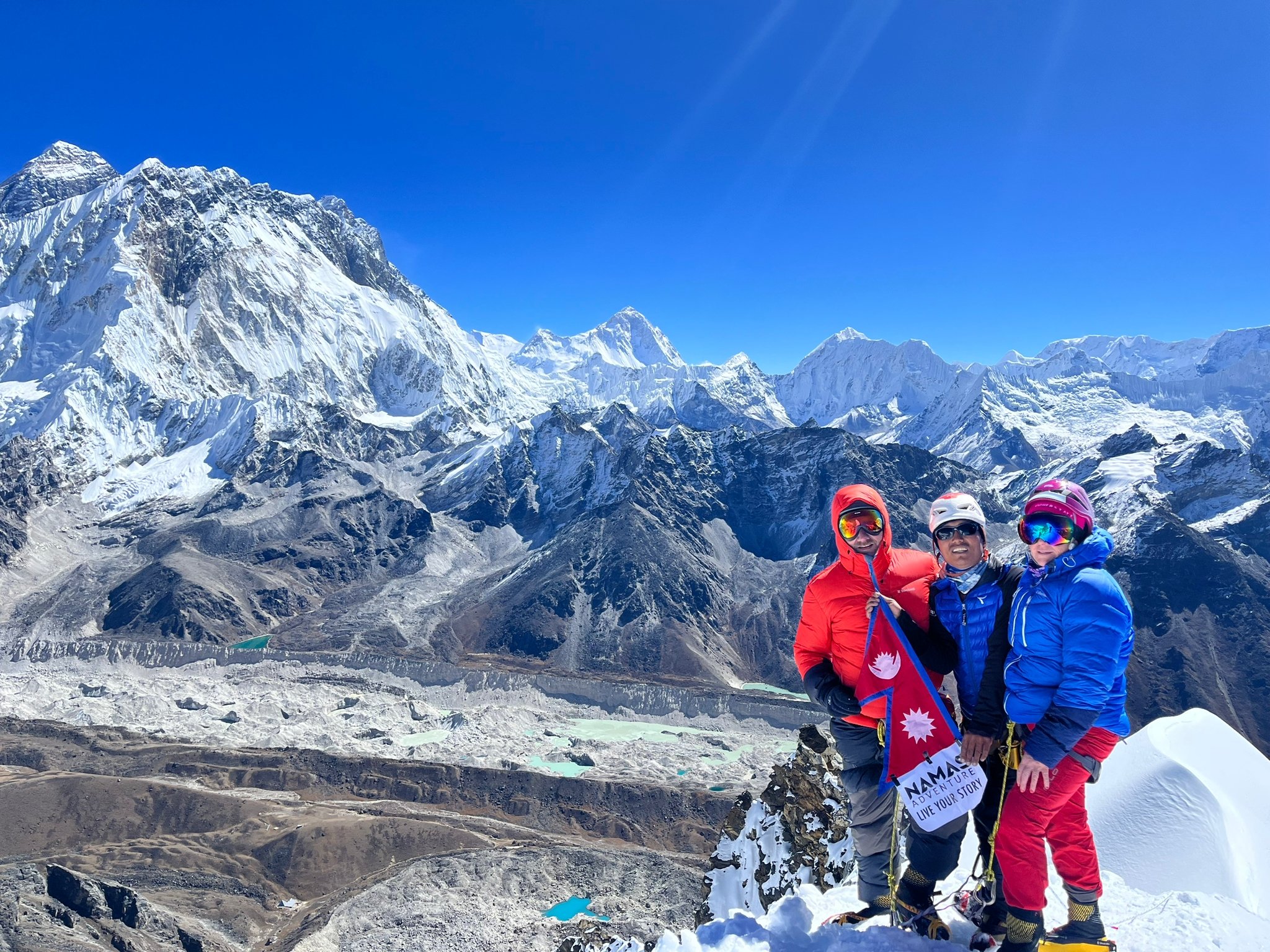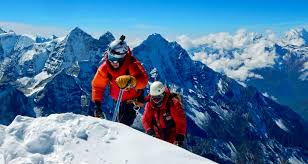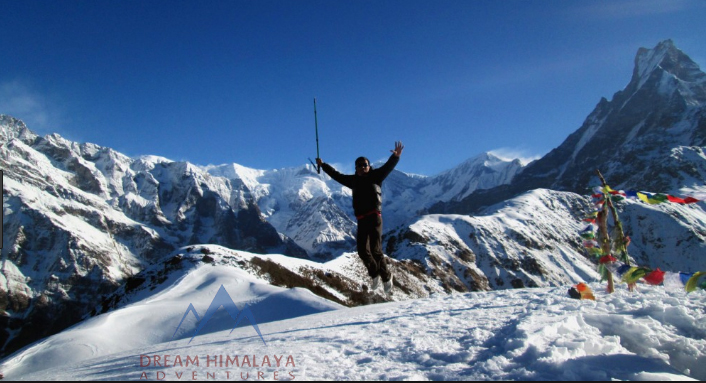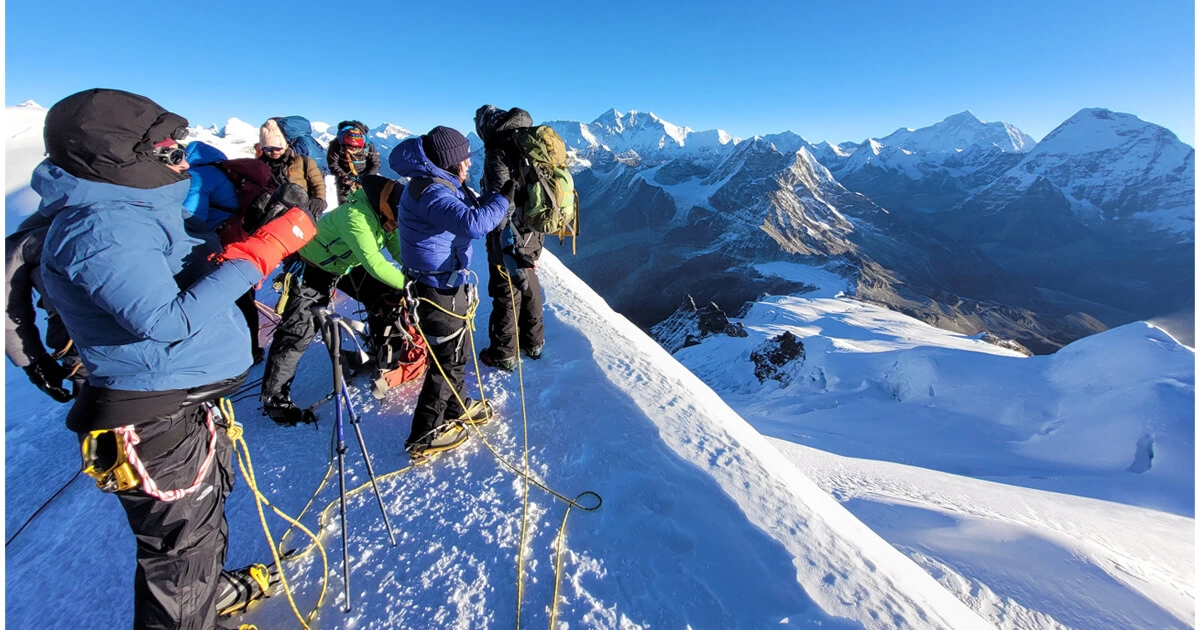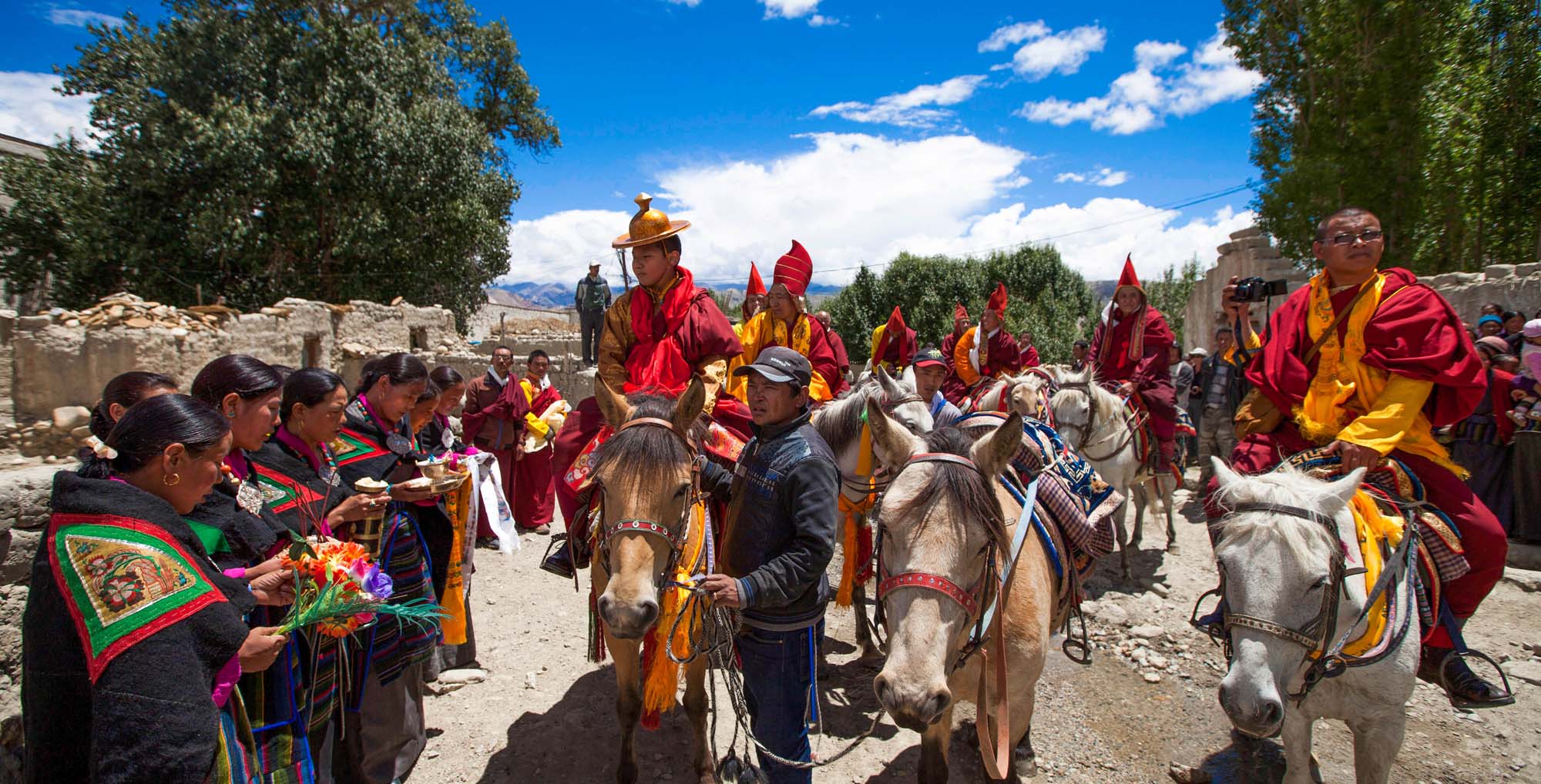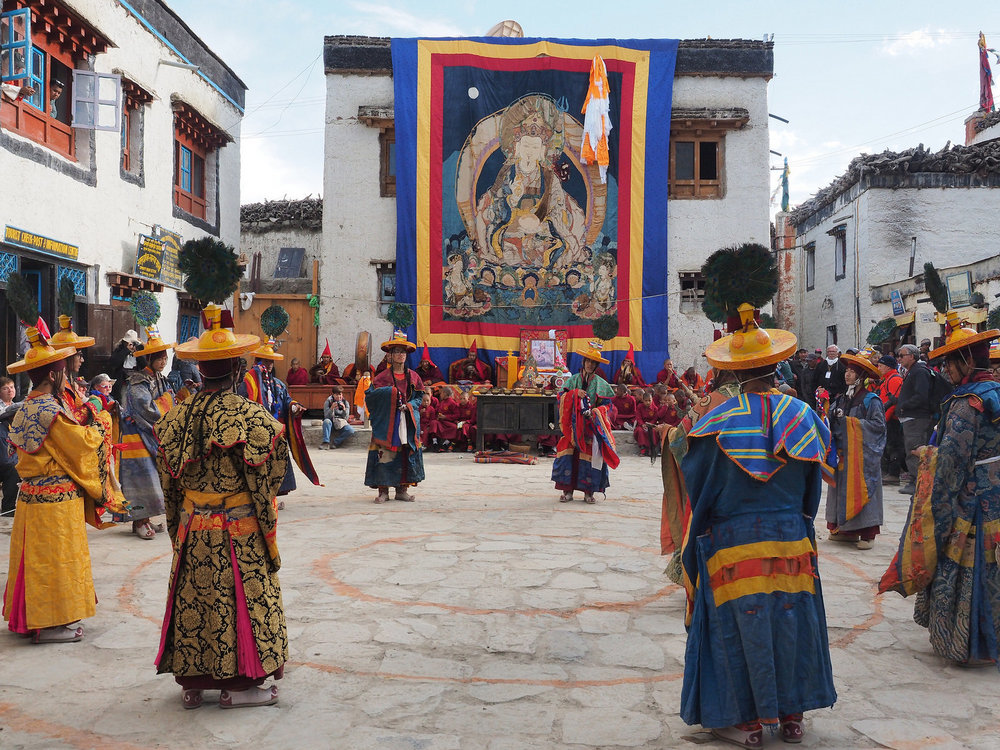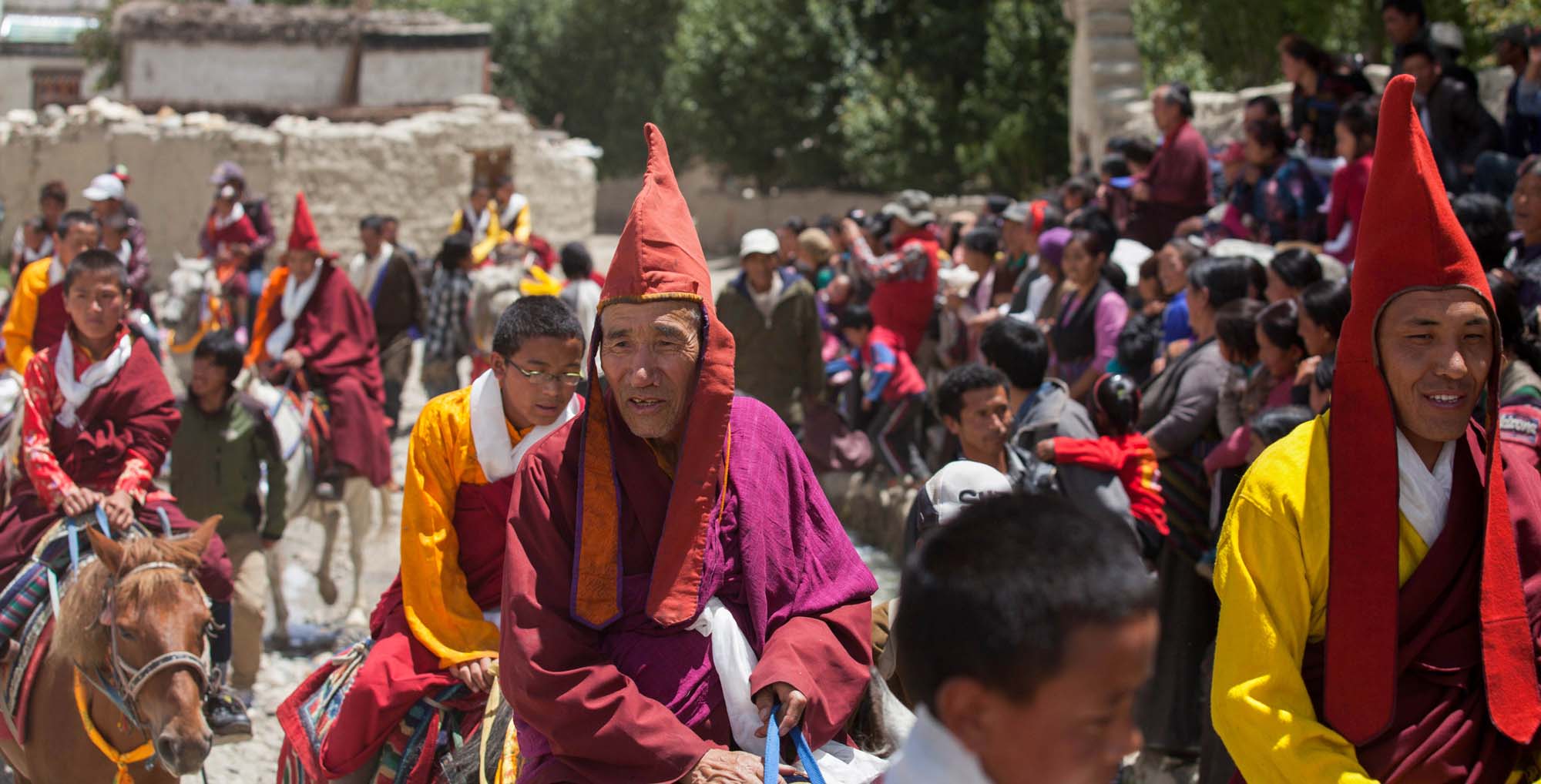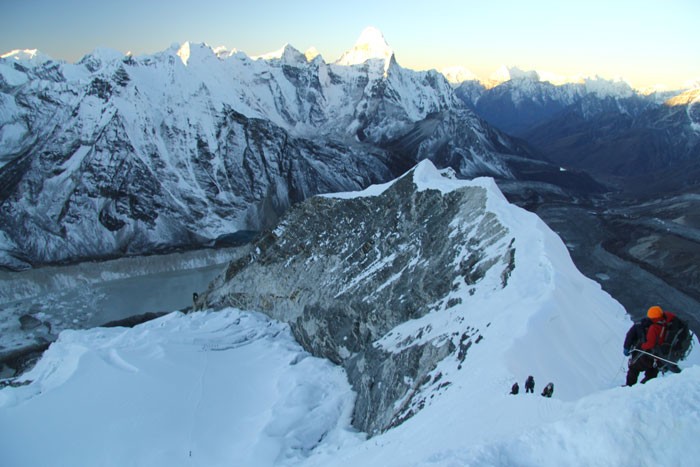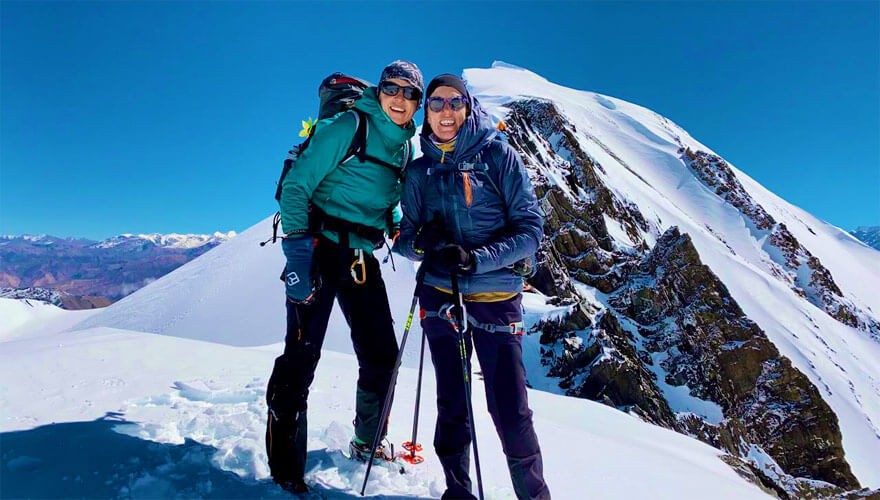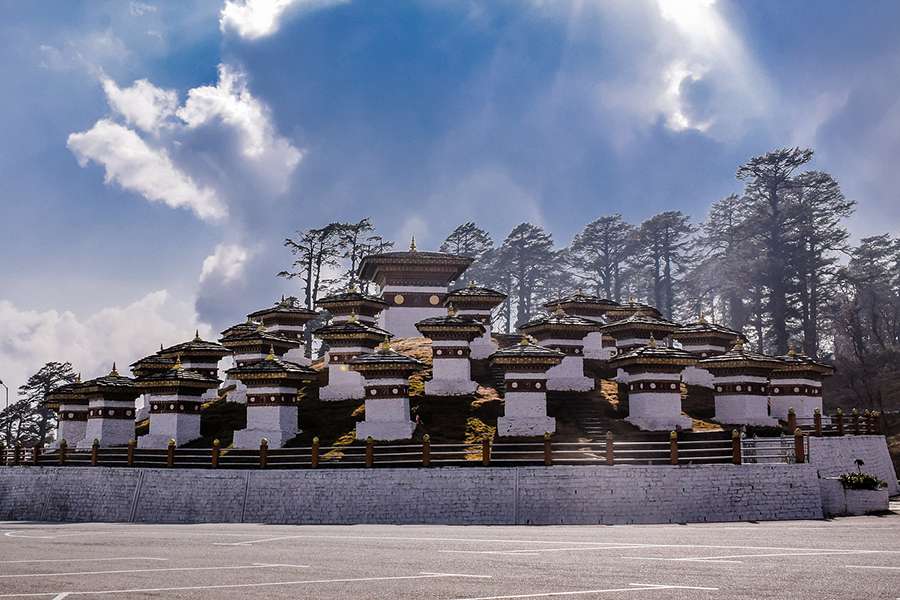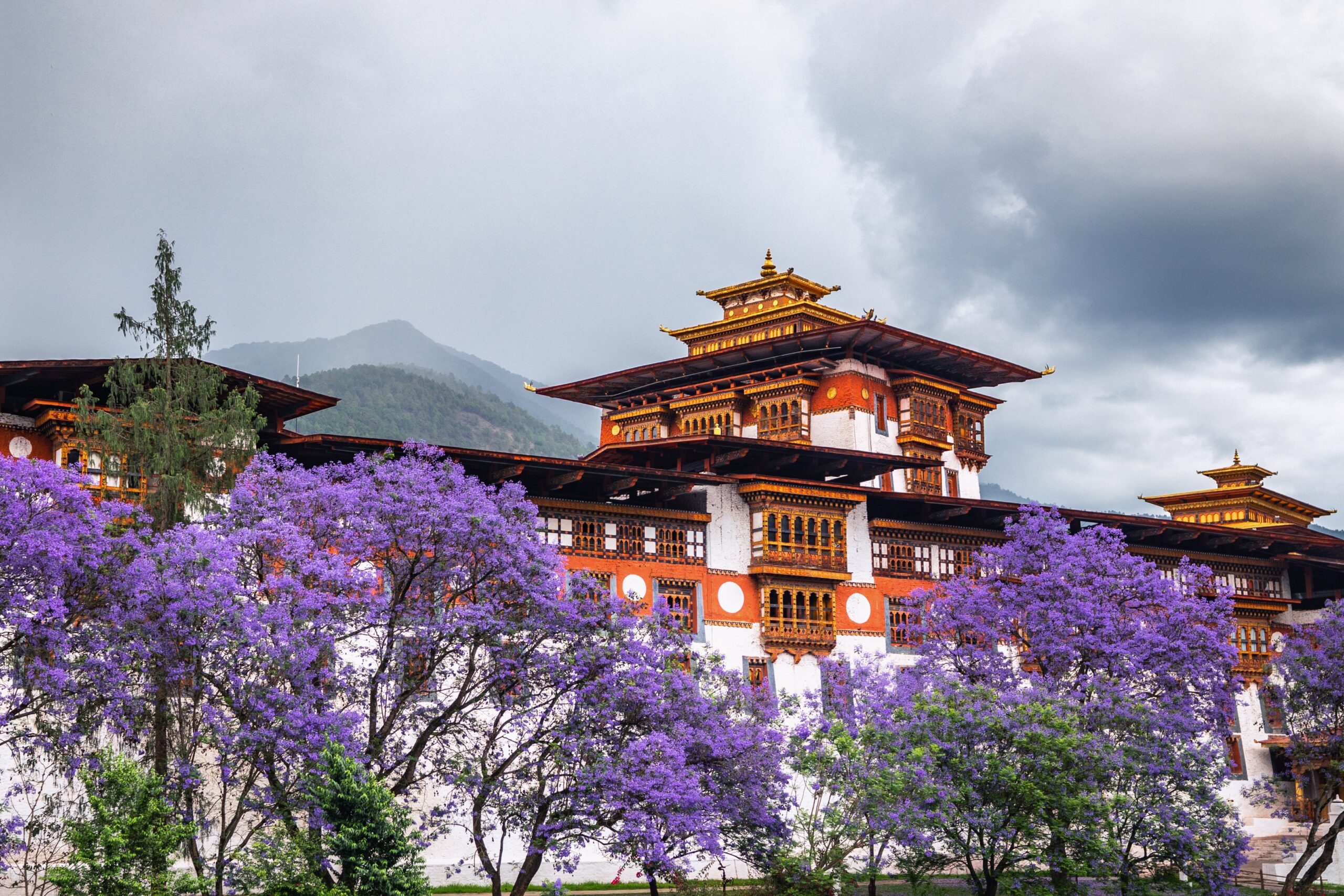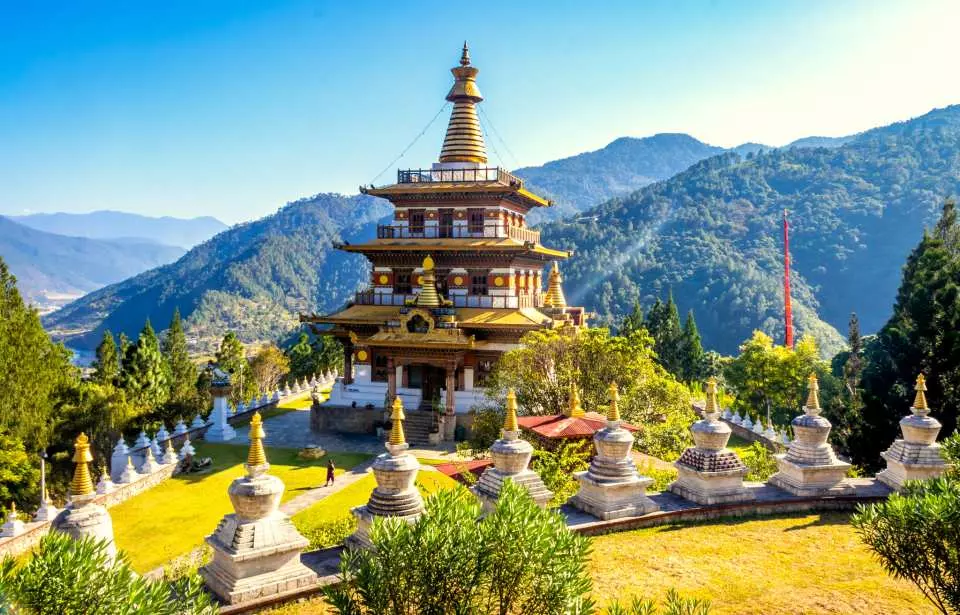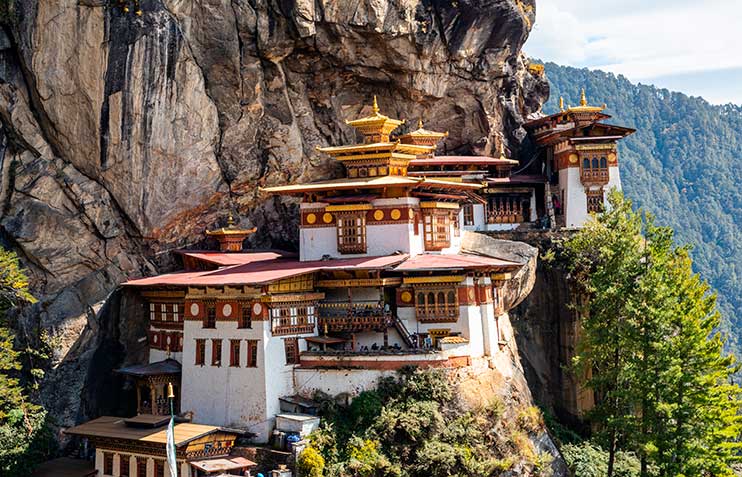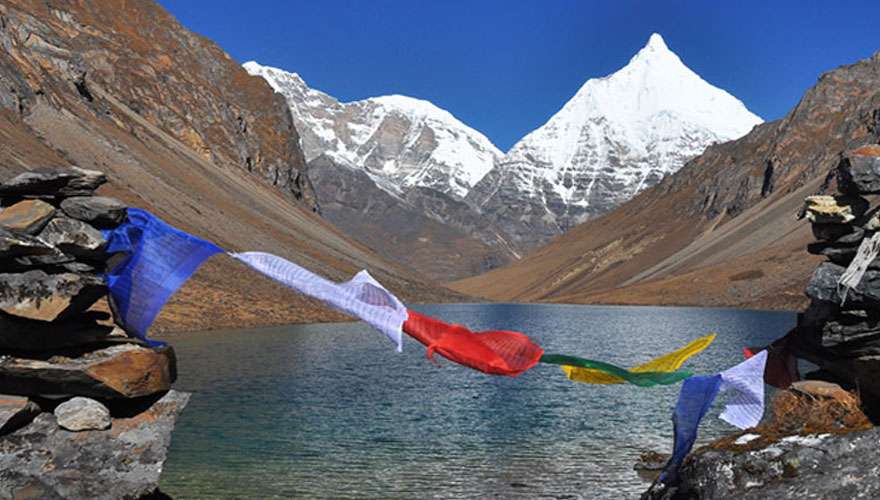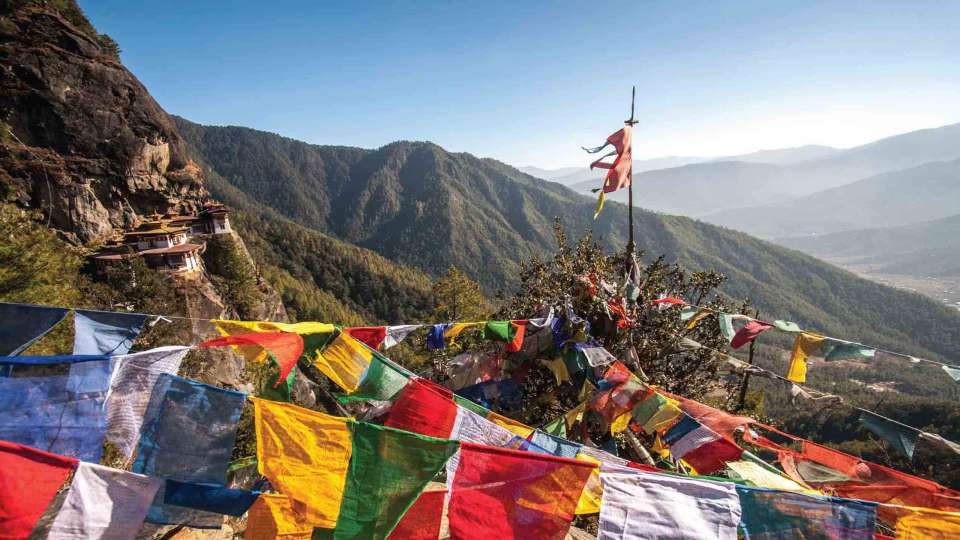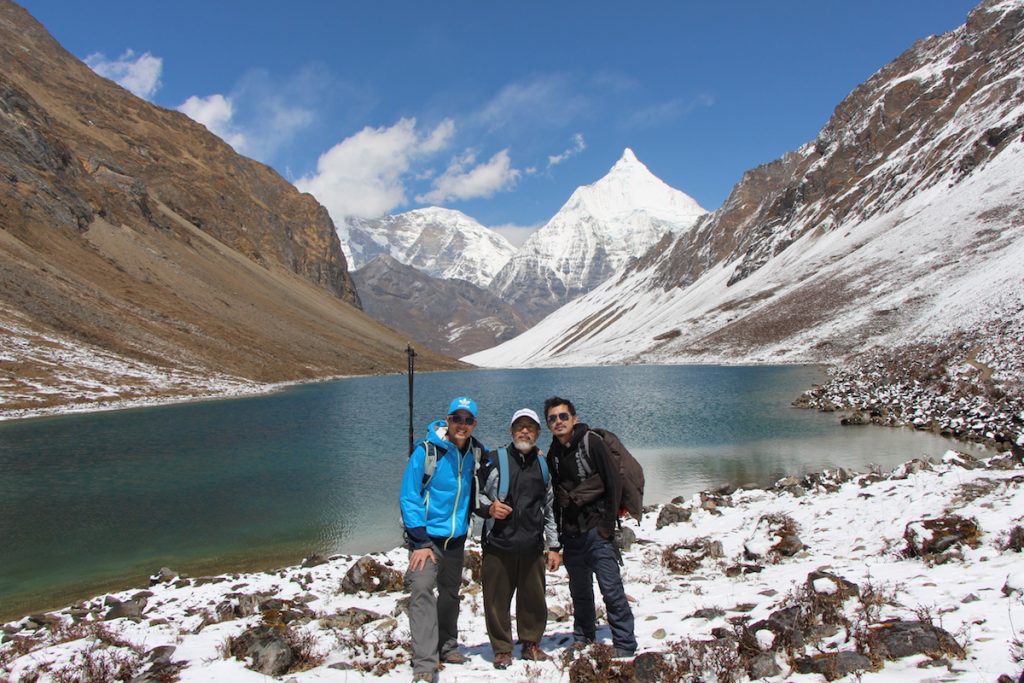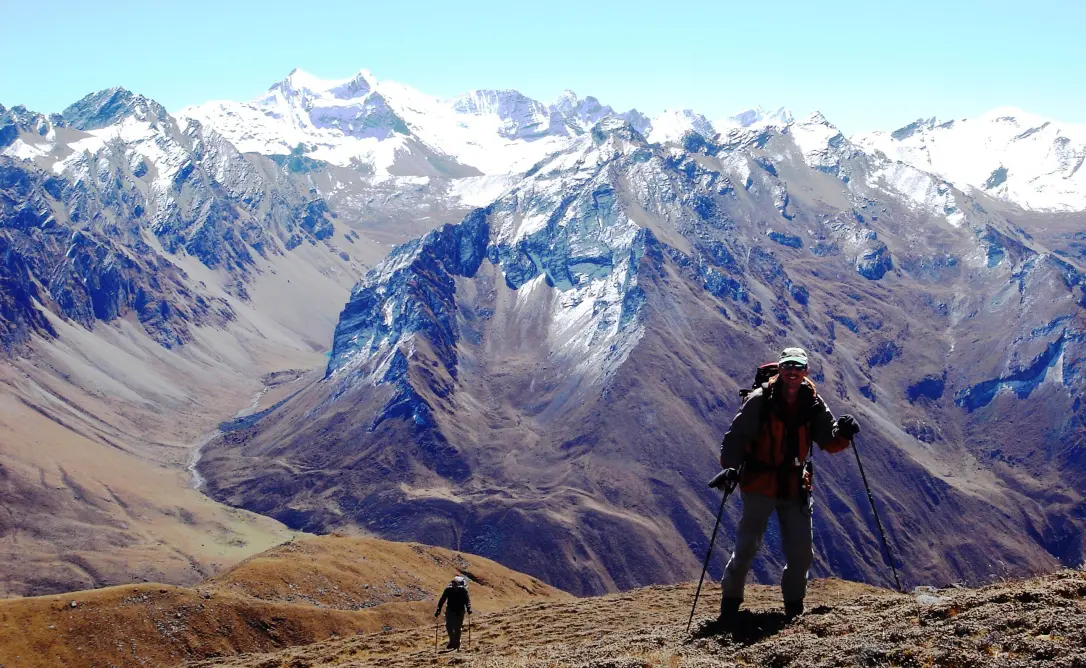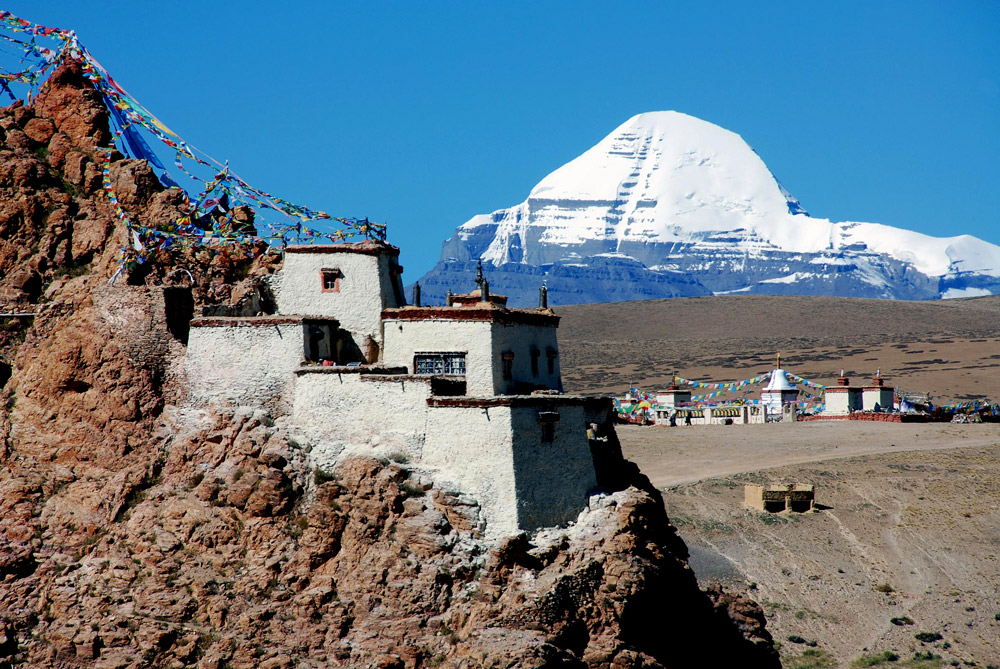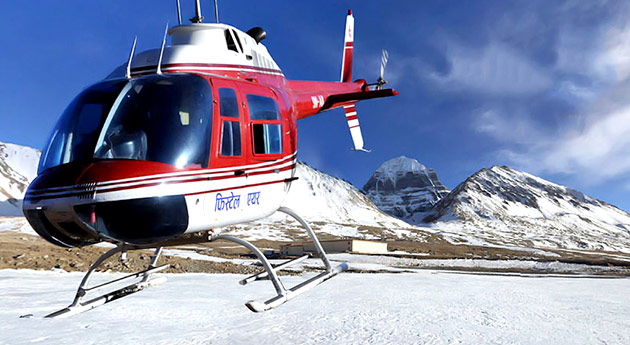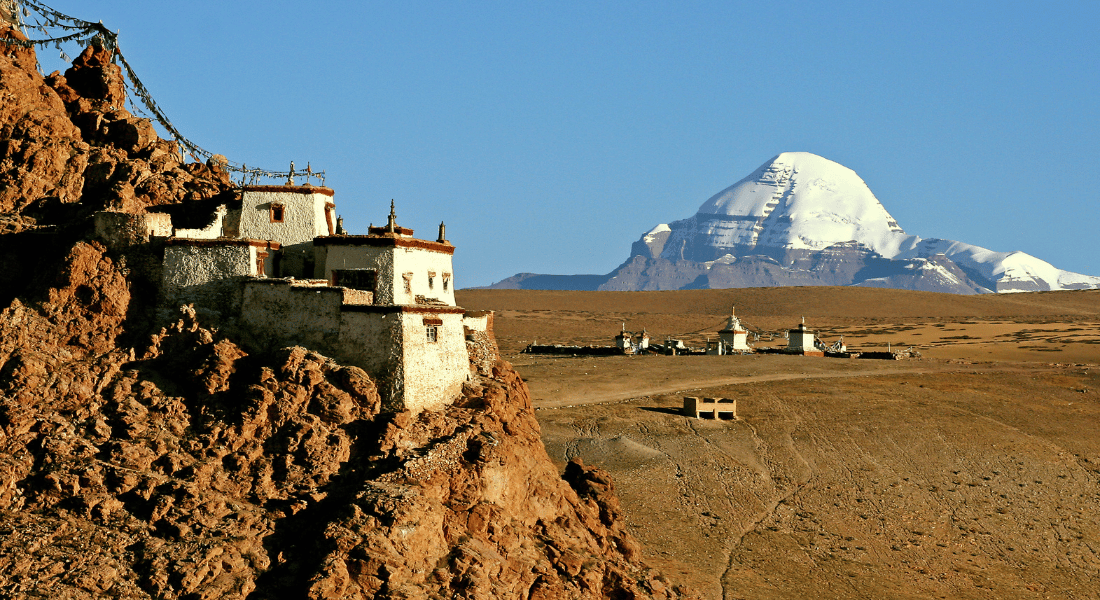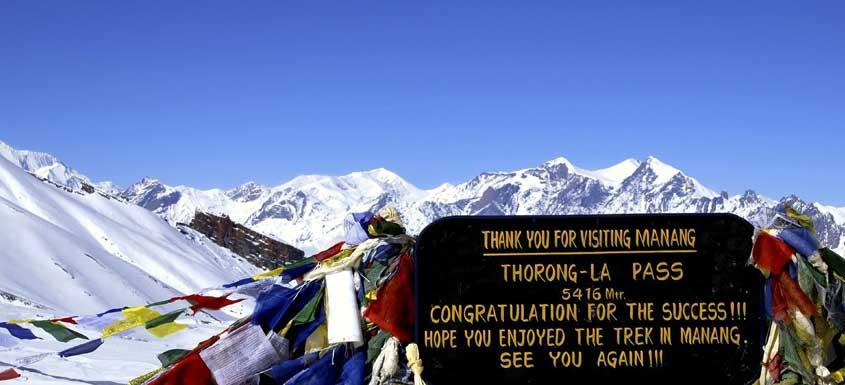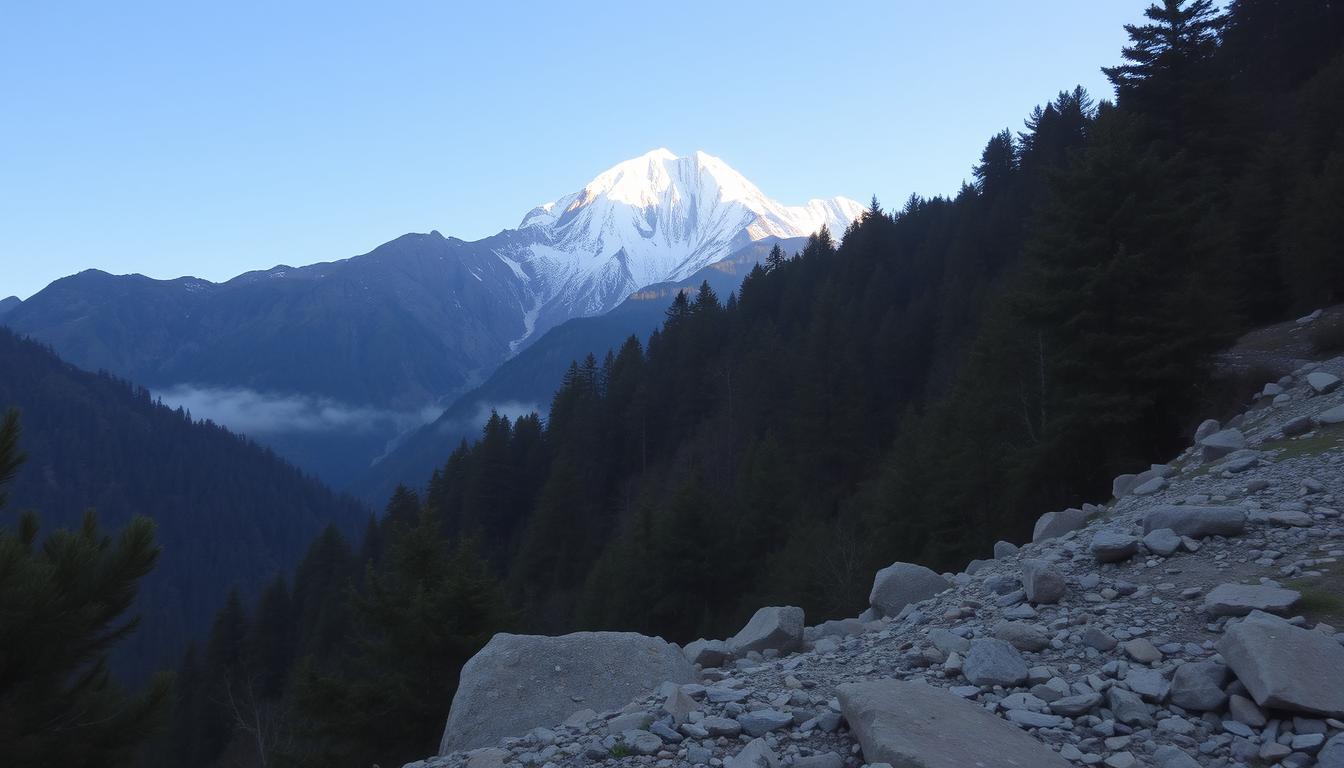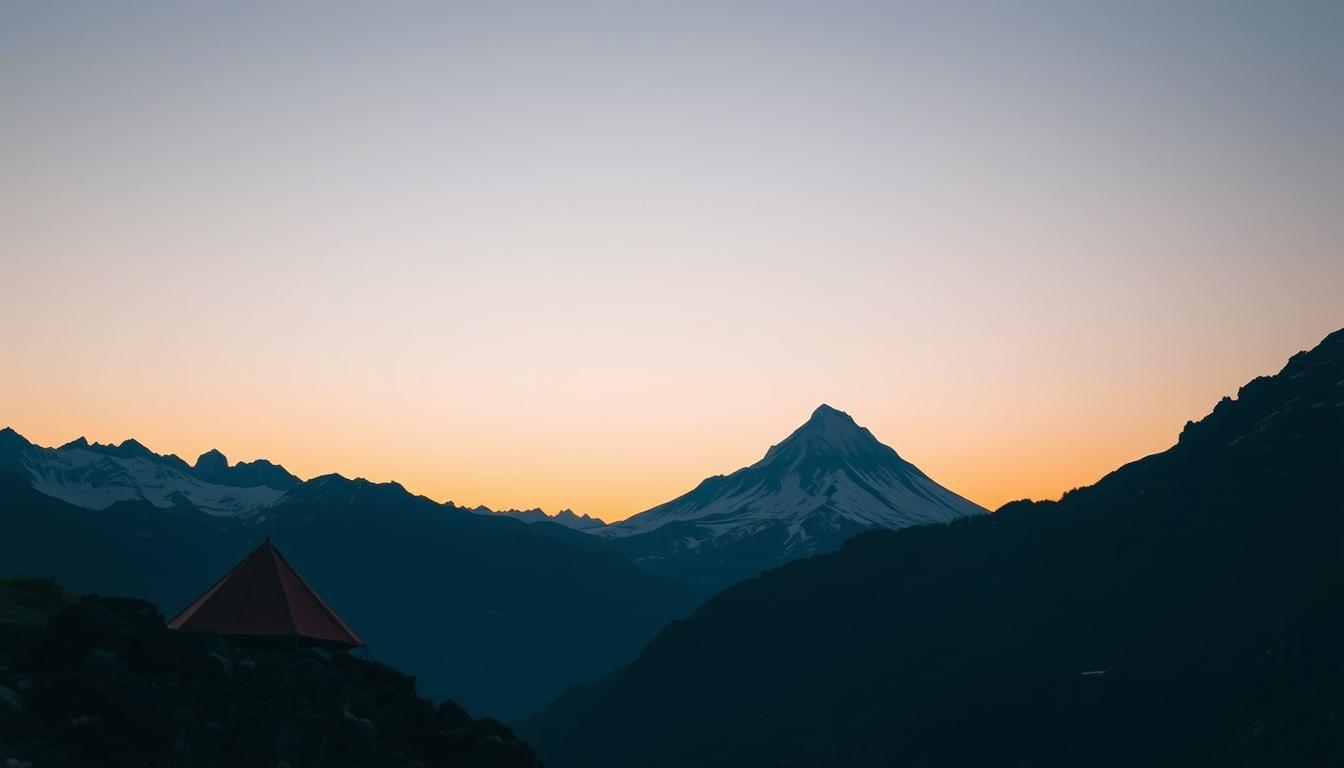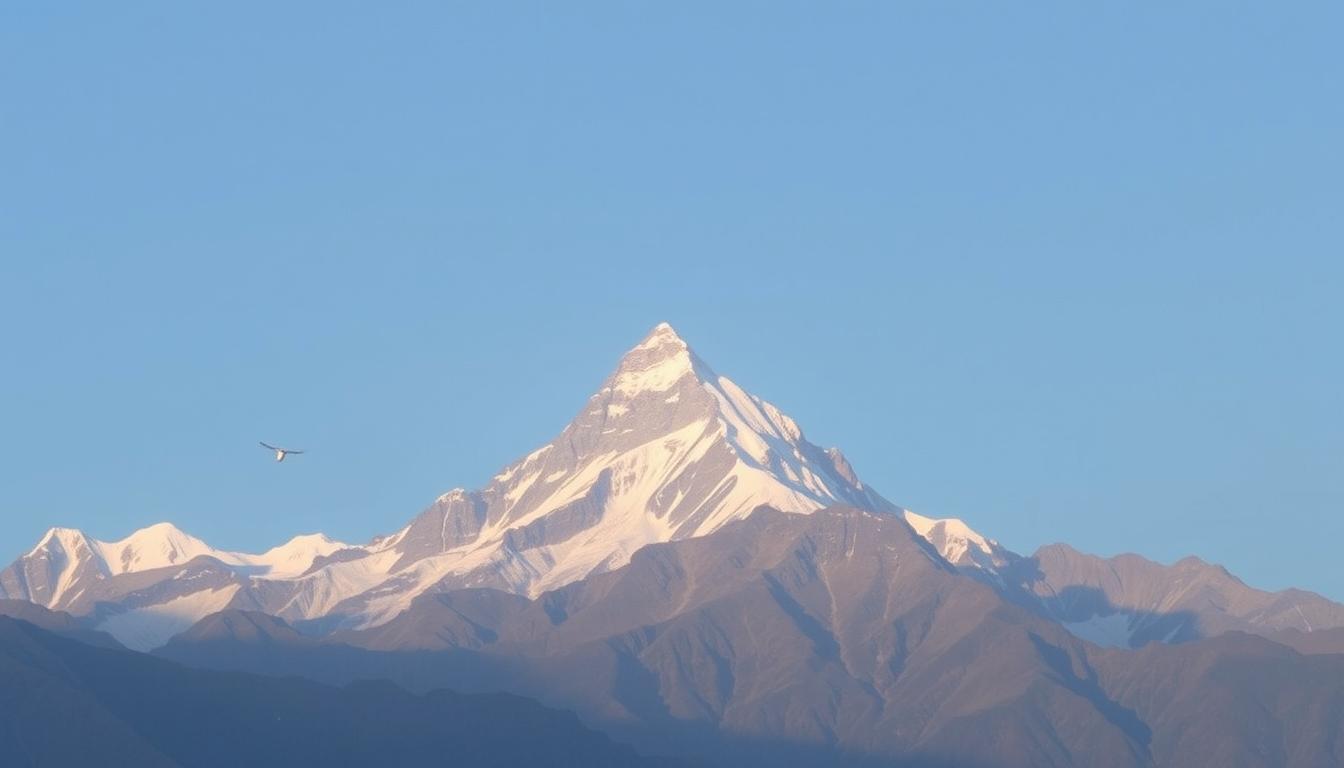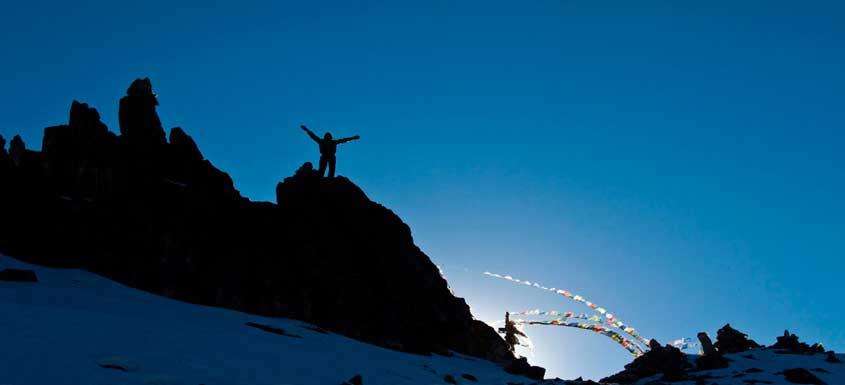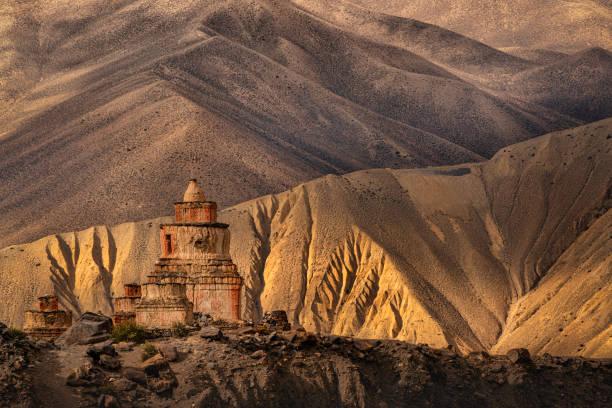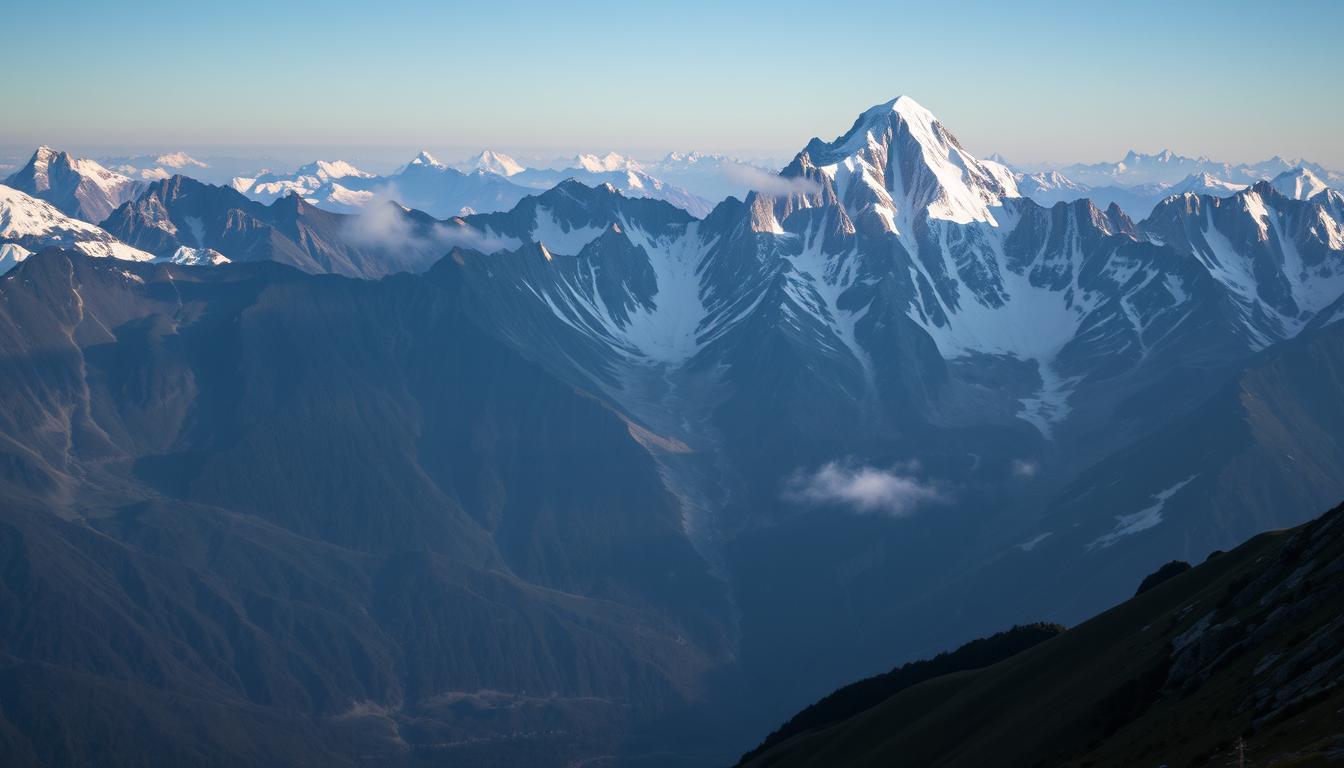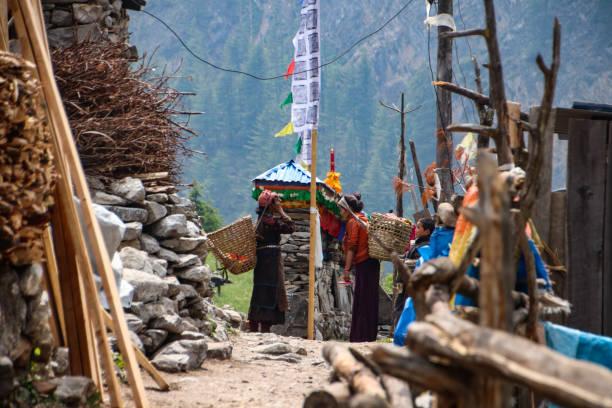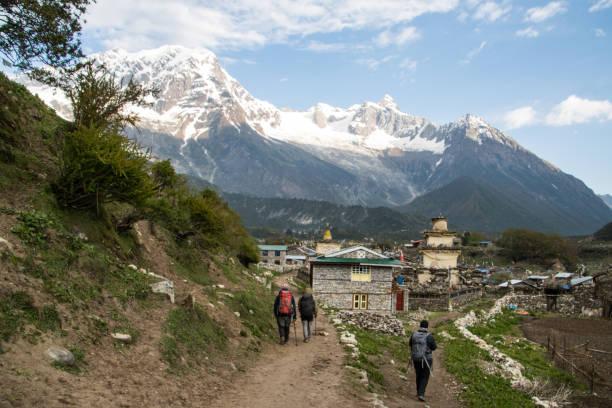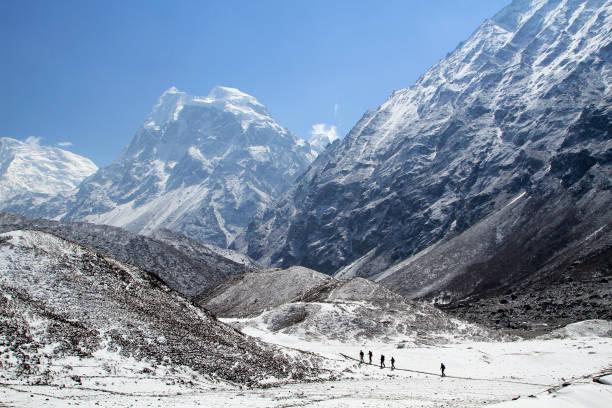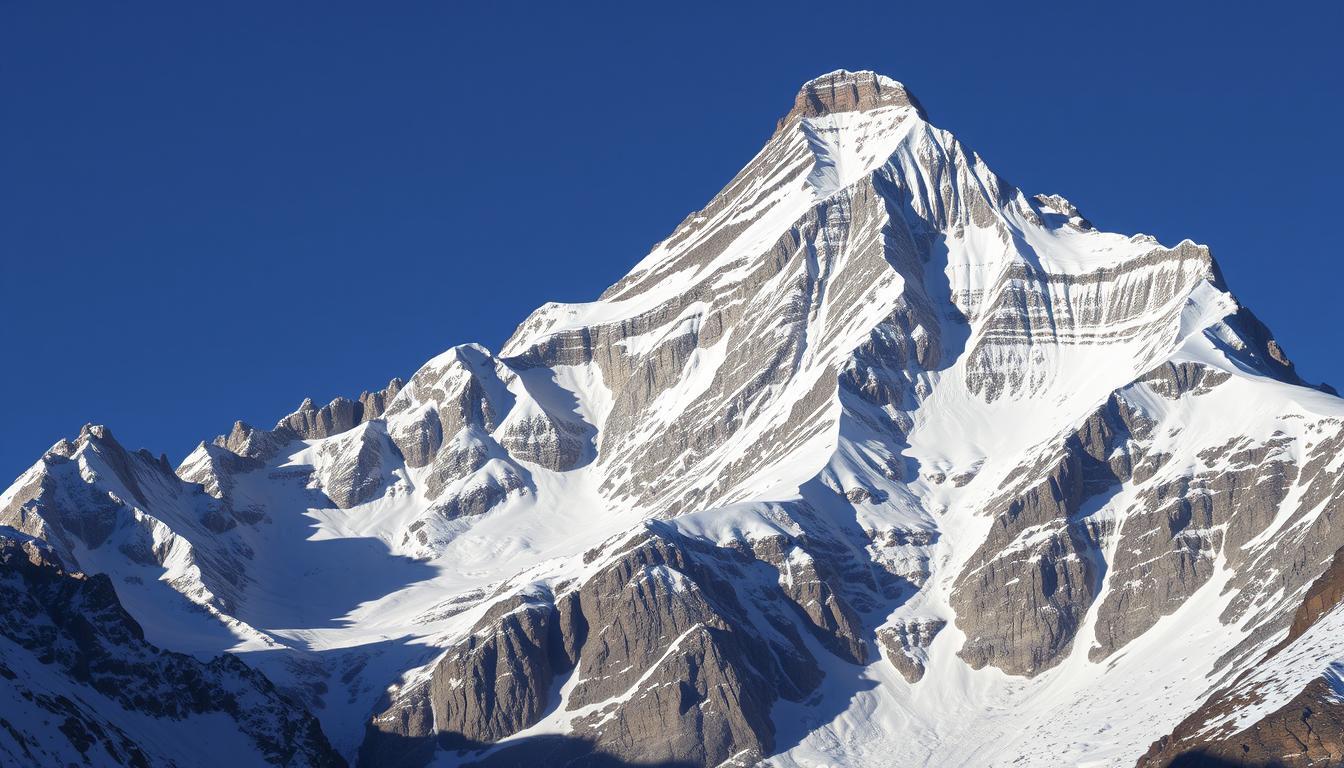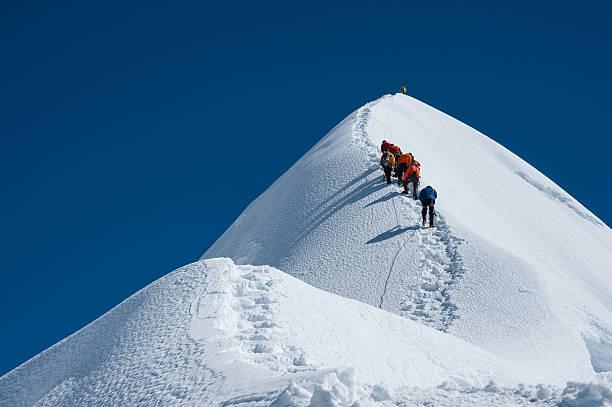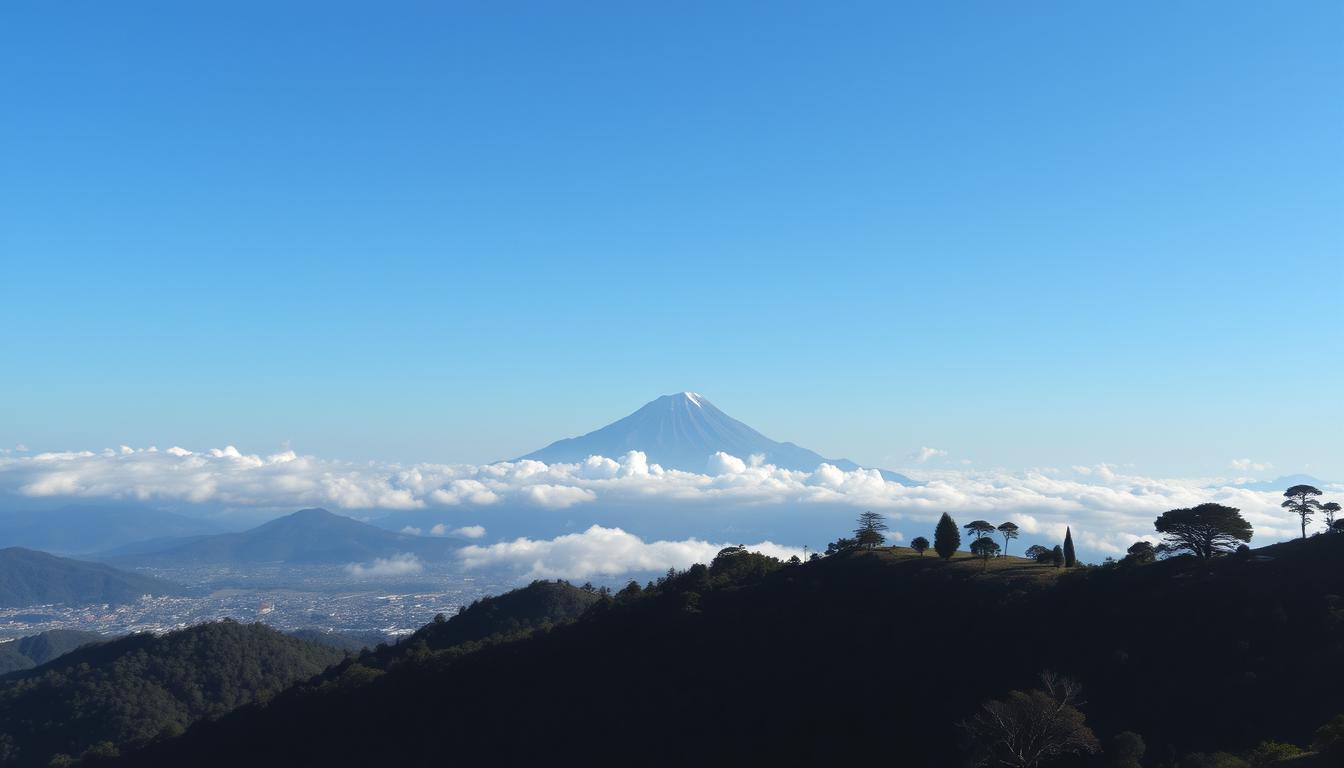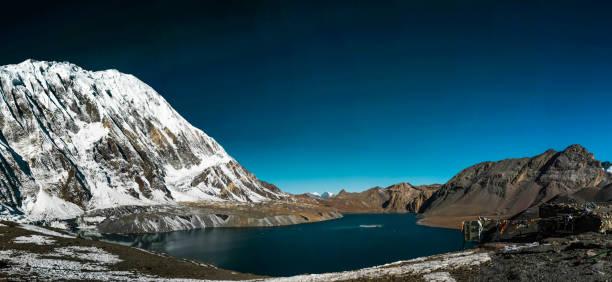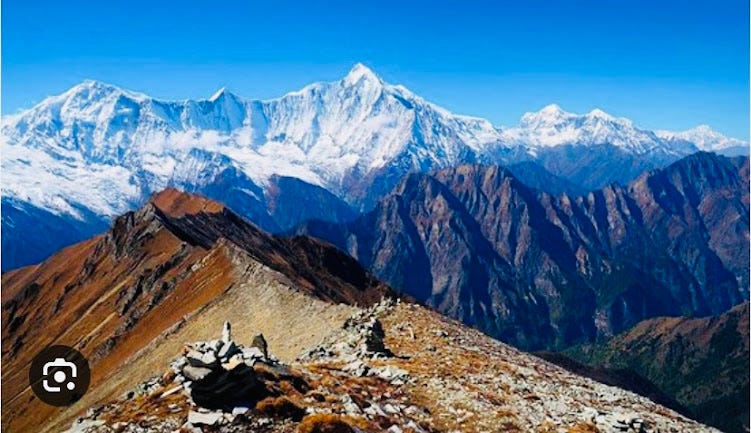Tyangboche Mani Rimdu Festival: A Spiritual and Trekking Journey in the Heart of the Himalayas
- Home
- Tyangboche Mani Rimdu Festival: A Spiritual and Trekking Journey in the Heart of the Himalayas
Budget
NPR 100
Per Person
Rating
No review has been posted yet
Duration
13 Days
Trip Overview
Nestled in the spectacular Everest region of Nepal lies Tyangboche Monastery, a sacred Tibetan Buddhist monastery perched at 3,867 meters (12,687 feet). This monastery is world-famous for hosting the Mani Rimdu Festival, one of the most colorful and spiritually profound festivals in the Himalayas. Combining a trek through the pristine landscapes of Sagarmatha National Park with the cultural richness of the Mani Rimdu Festival offers travelers a deeply rewarding adventure blending natural beauty, spiritual insight, and Himalayan culture.
What is the Mani Rimdu Festival?
Mani Rimdu is an ancient Buddhist festival celebrated primarily by the Sherpa people of the Everest region. It usually takes place between October and November, coinciding with the end of the harvest season and the Tibetan lunar calendar’s ninth month.
The festival is a series of sacred rituals, masked dances, chanting, and religious ceremonies held in monasteries such as Tyangboche, Pangboche, and Chiwong. Mani Rimdu symbolizes the victory of good over evil and the teachings of Guru Rinpoche (Padmasambhava), who brought Buddhism to Tibet and the Himalayan region.
During the festival, monks perform mesmerizing masked dances (cham), wear colorful costumes, and reenact myths and legends meant to purify the area and bring blessings, peace, and prosperity to the community.
Location and Community
- Tyangboche Monastery is located in the Khumbu region of Nepal, approximately halfway between Namche Bazaar and Dingboche.
- It sits inside Sagarmatha National Park, a UNESCO World Heritage site that encompasses the Everest massif and surrounding valleys.
- The local Sherpa community, known for their mountaineering skills and Buddhist devotion, are the guardians of the festival and its traditions.
- The monastery overlooks breathtaking views of Mount Everest, Ama Dablam, Lhotse, and Nuptse, providing a stunning backdrop to the spiritual celebrations
Trekking and Expedition Details
The Mani Rimdu Festival is best experienced by trekking to Tyangboche, which itself is an iconic journey through the Everest region’s breathtaking landscapes.
- Trekking Difficulty: Moderate. The trail ascends gradually, requiring good fitness and acclimatization.
- Duration: The trek to Tyangboche usually takes 8-12 days, depending on the starting point and pace.
- Climbing: While the festival itself does not involve climbing, the region offers numerous climbing and mountaineering opportunities for adventurers, including Everest Base Camp and surrounding peaks..
Package Highlights:
Why Experience the Tyangboche Mani Rimdu Festival?
- Cultural and Spiritual Insight: Witness one of the most sacred Tibetan Buddhist festivals in its authentic setting, deeply rooted in Sherpa culture.
- Stunning Location: Tyangboche Monastery offers panoramic views of Everest and other giants of the Himalayas, enhancing the spiritual atmosphere.
- Adventure: The trek itself is an exhilarating experience through diverse Himalayan landscapes, Sherpa villages, and pristine national park wilderness.
- Community Connection: The festival brings together locals and visitors, creating a unique opportunity to engage with Sherpa traditions and hospitality.
- Photographic Opportunities: The colorful dances, traditional costumes, and majestic mountain backdrop make for unforgettable photos.
Book This Trip
Trip Information
 Start : Kathmandu
Start : Kathmandu Finish : Kathmandu
Finish : Kathmandu Difficulty :
Moderate
Difficulty :
Moderate
 Max Altitude : 3867m
Max Altitude : 3867m Group Size :
Group Size :  Season :
Season :
Trip Gallery
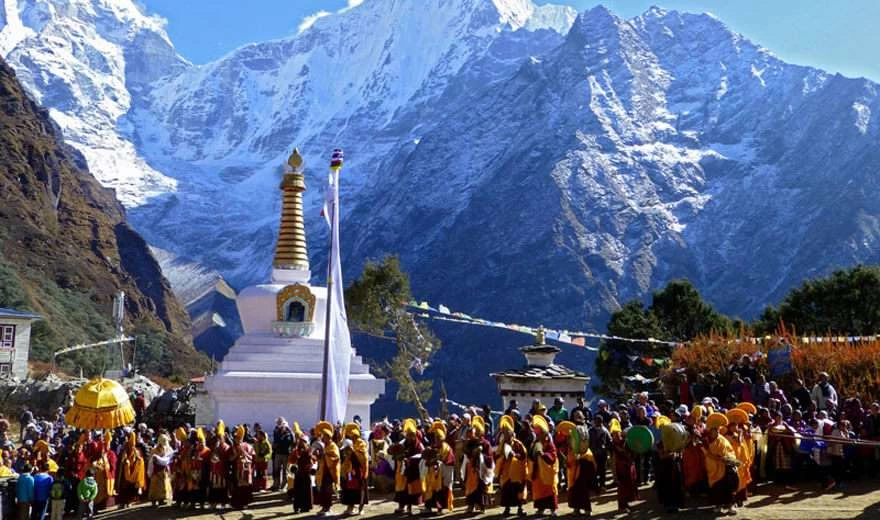
Trip Itinerary
Cost Includes
- Sagarmatha National Park permit and TIMS card
- Domestic flights (Kathmandu-Lukla-Kathmandu)
- Accommodation during trekking (tea houses and lodges)
- Meals during trekking and festival days
- Experienced Sherpa guide and porter services
- Festival access and cultural briefings
- Basic medical and emergency support
- Sagarmatha National Park permit and TIMS card
- Domestic flights (Kathmandu-Lukla-Kathmandu)
- Accommodation during trekking (tea houses and lodges)
- Meals during trekking and festival days
- Experienced Sherpa guide and porter services
- Festival access and cultural briefings
- Basic medical and emergency support
Cost Excludes
- International airfare
- Personal trekking gear and clothing
- Travel insurance (highly recommended)
- Tips for guides and porters
- Personal expenses like snacks, drinks, or souvenirs
- International airfare
- Personal trekking gear and clothing
- Travel insurance (highly recommended)
- Tips for guides and porters
- Personal expenses like snacks, drinks, or souvenirs
Essential Info
National Park and Permits
The festival takes place within Sagarmatha National Park, Nepal’s first national park established in 1976.
The park protects a unique ecosystem, Himalayan flora and fauna, and culturally significant sites.
To trek in this region, you need the following permits:
Sagarmatha National Park Entry Permit: Approximately $30 USD.
TIMS Card (Trekkers’ Information Management System): About $20 USD.
Permits are easily obtained in Kathmandu or through trekking agencies.
Airport and Travel Logistics
Tribhuvan International Airport, Kathmandu: The main international airport and starting point for Everest region treks.
Domestic Flights: A scenic 30-minute flight from Kathmandu to Lukla Airport (2,860 m) is the gateway to the Everest region.
From Lukla, trekkers head to Namche Bazaar, then on to Tyangboche.
Extra Info
Essential Equipment and Preparation
Clothing: Warm layered clothes for cold mornings and nights, moisture-wicking base layers, fleece jackets, down jackets, windproof/waterproof shell
Footwear: Sturdy, waterproof trekking boots with good ankle support
Accessories: Sunglasses, sunblock, hat, gloves, and trekking poles
Backpack: 30-40 liters for daily essentials, with main luggage carried by porters
Health: Acclimatization is key to avoid altitude sickness; carry a first aid kit, water purification tablets, and necessary medications
Camera: To capture stunning mountain vistas and the colorful festival
Clothing: Warm layered clothes for cold mornings and nights, moisture-wicking base layers, fleece jackets, down jackets, windproof/waterproof shell
Footwear: Sturdy, waterproof trekking boots with good ankle support
Accessories: Sunglasses, sunblock, hat, gloves, and trekking poles
Backpack: 30-40 liters for daily essentials, with main luggage carried by porters
Health: Acclimatization is key to avoid altitude sickness; carry a first aid kit, water purification tablets, and necessary medications
Camera: To capture stunning mountain vistas and the colorful festival
Trip Date And Time
We'll Be There, Like We've Been There Before
|
Departing |
Finishing |
Trip Price Per Person |
Action |
Enquire |
|---|---|---|---|---|
| No Trip Yet!! | ||||
